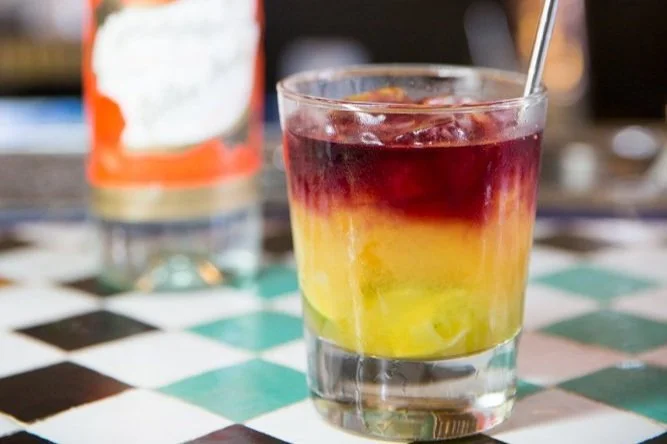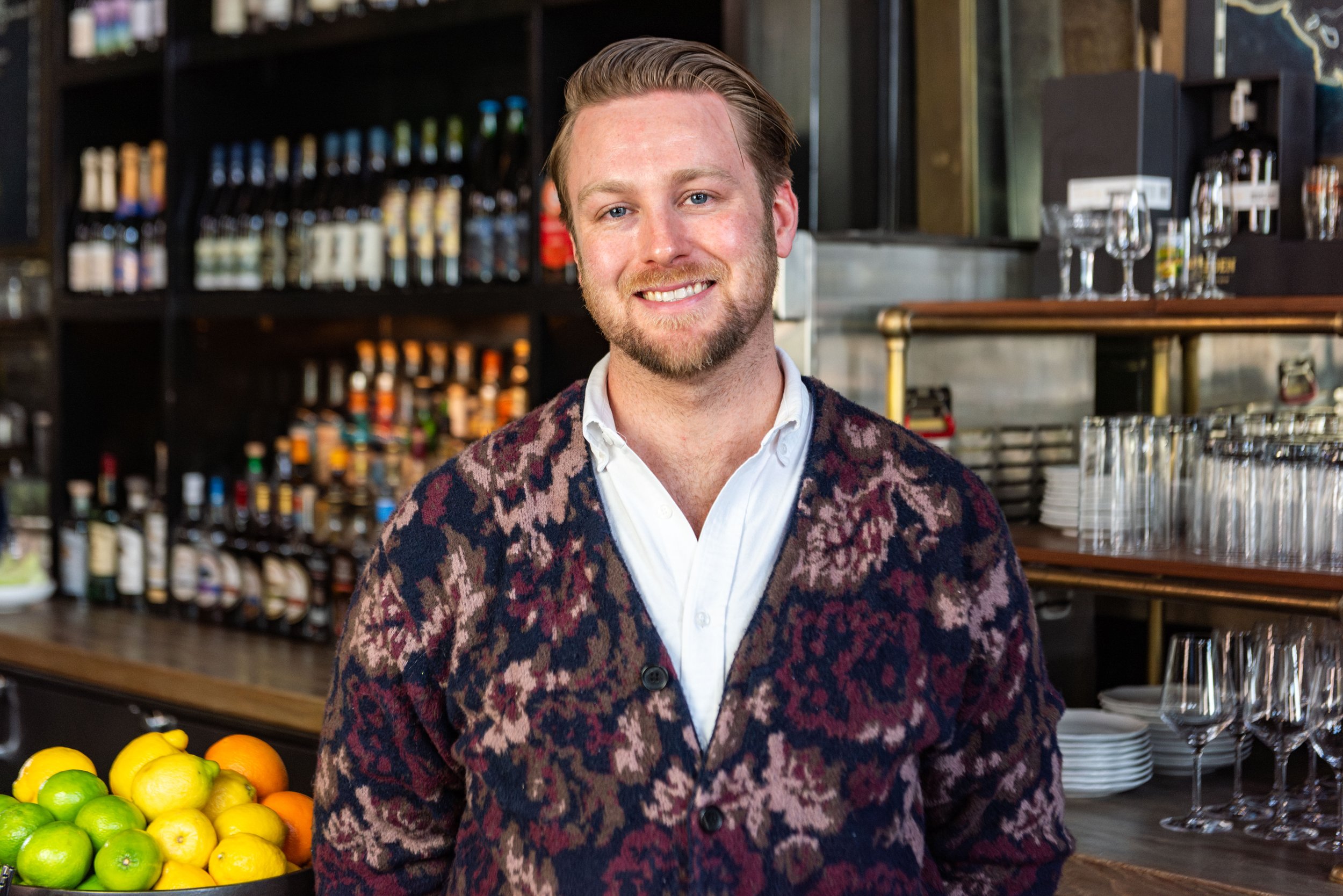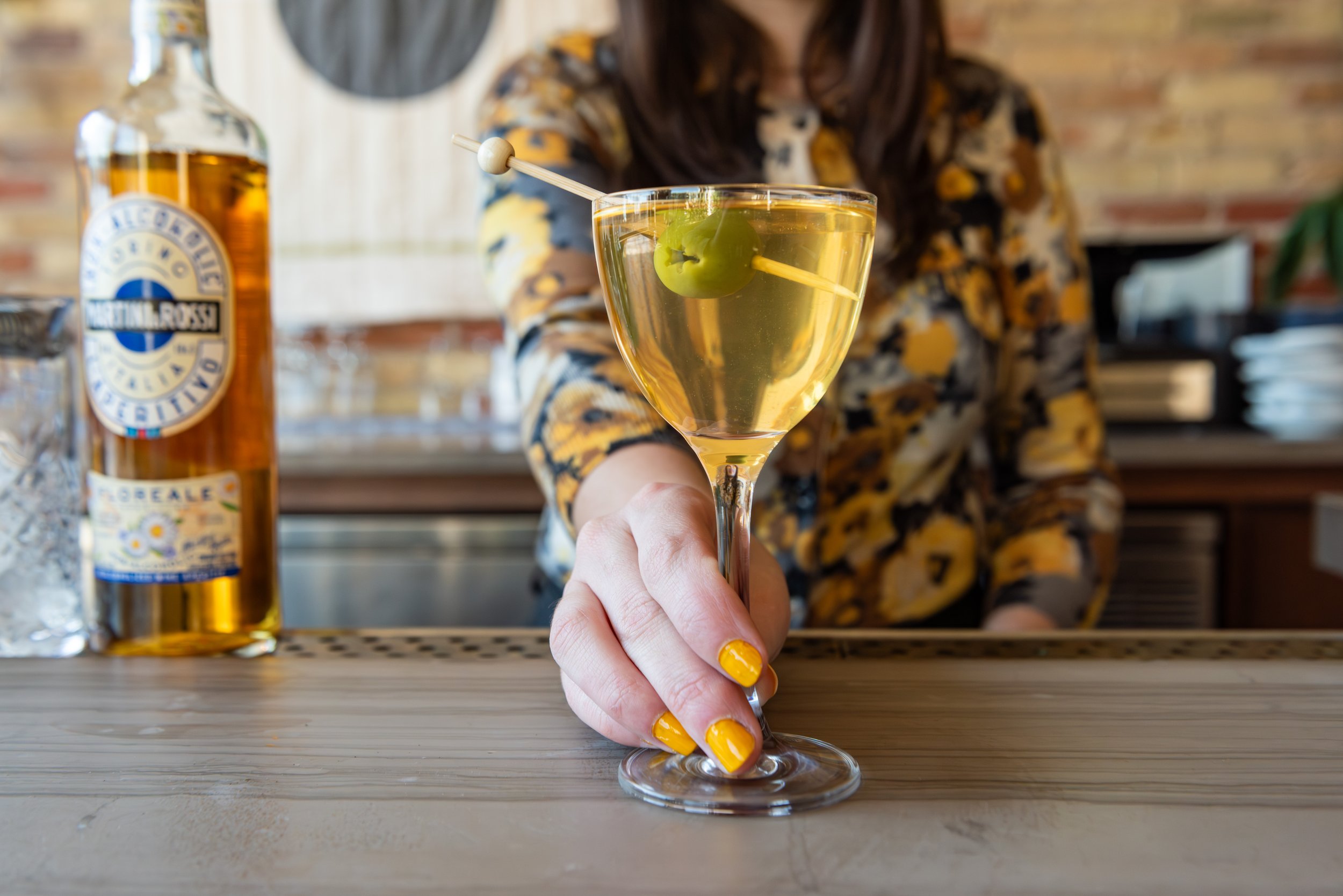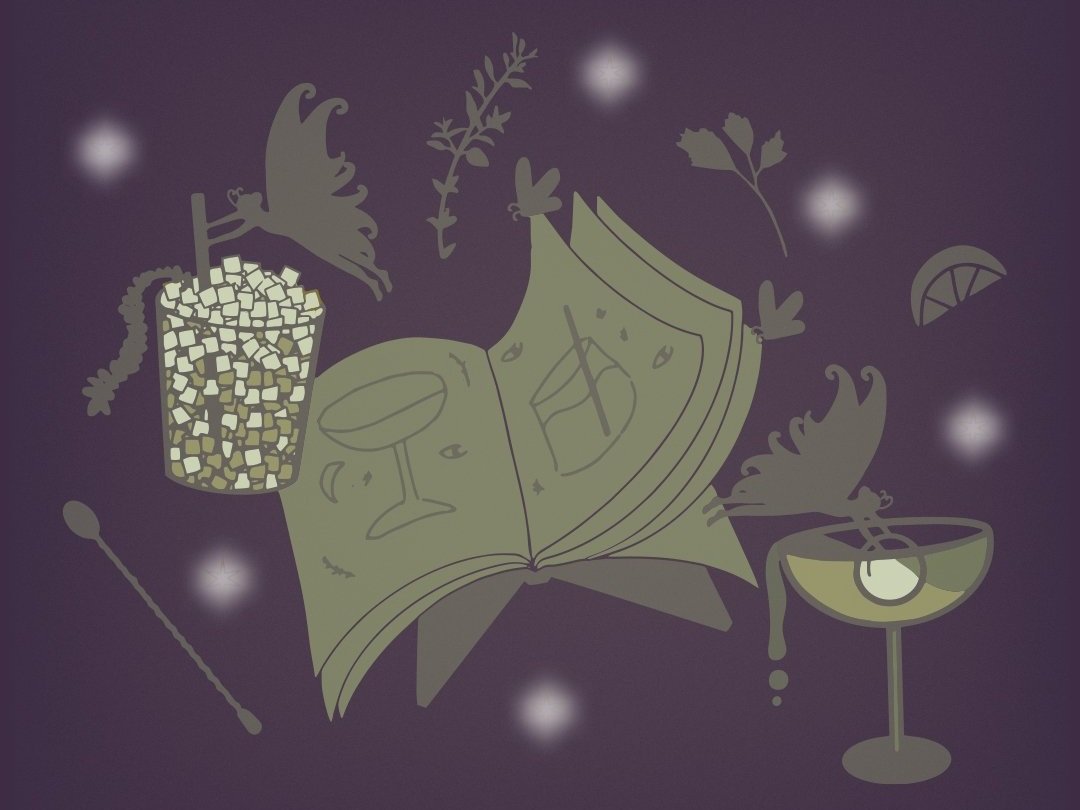Defining Middle Eastern Cocktail Culture in D.C.
Green Zone Bartender Chris Hassaan is building a repertoire of Middle Eastern drinks.
Photos: Caroline Hatchett
A lot of people drink in the Middle East, but cocktail culture as we know it doesn’t exist in the Muslim world. There is, however, a rich culture of spirit free drinks that Chris Hassaan is using as inspiration for his cocktail program at The Green Zone in D.C.
Hassaan was raised in Northern Virginia by an Iraqi mother who grew up in Lebanon and fed her family mostly Iraqi and other Middle Eastern foods. He spent significant time in Dubai and Beirut, visiting his grandparents—one of whom enjoyed a regular tumbler of Johnnie Walker Black Label. “I’ve been exposed to Black Label since I can remember,” says Hassaan. “My grandfather drank a glass before dinner every day, and still often does. When I went to Lebanon for the first time, I saw billboards and signs and posters— it’s everywhere.”
Black Label is on the back bar at Green Zone—the bar’s name is a reference to the “international zone” and safe haven for people of all backgrounds in Baghdad. But the foundation of Hassaan’s menu comes from the ubiquitous flavors, aromas, and beverages of the Middle East.
“Our Mint Lemonade & More is just a spiked version of a classic café and restaurant drink that’s served everywhere. There were so many times I sat outside at cafés drinking it and thought, ‘Damn, I wish there were alcohol in this,’” says Hassaan.
Hassaan defines the Middle East as any place where Arabic, Turkish, or Persian is spoken by a majority of citizens, including parts of Asia, Africa, and Europe. With regional nuance and a slew of common ingredients, the mise-en-place includes citrus, cardamom, cumin, saffron, mint, rosewater, and orange blossom water—the latter of which Hassaan slips into lots of drinks, including the Dabkiri with Palestinian arak, orange blossom water, and Denizen rum. “Orange flower water is such a pervasive flavor in the Arab world. Any time you have citrus, you generally have orange blossom water added to it,” he says.
Chris Hassaan of The Green Zone
Dabkiri: Palestinian Arak, Orange Blossom Water, and Denizen Rum
If you want to mix Middle Eastern, here are Hassaan’s must-haves to stock in your well.
Arak
What: Distilled wine, redistilled with aniseed. Traditionally made from indigenous grapes, sometimes raisins, figs in Turkey, and dates in Iraq.
Why: There are a lot of commercial brands out there now, but a lot of it is made at home in villages. Every Christian family has an uncle or a grandfather that has a still in his backyard. It’s almost always drunk in small glasses, mixed with water and served over ice, and it’s almost always drunk with food.
Cocktails: Dabkiri: Palestinian arak, orange blossom water, Denizen rum
Lebanese Apricot Syrup
What: Dried apricot paste that’s rehydrated and blended into syrup.
Why: This is a pretty standard ingredient in spirit free drink culture. The syrup is called Kamareddine, and it’s prevalent in the eastern Arab world (Lebanon, Syria, Jordan, Palestine, Iraq). Traditionally, it’s mixed with cold water, but we use it as a sweetener in cocktails. We also serve it with soda over ice.
Cocktail: Lebanese #1: Cognac, lemon, Lebanese apricot syrup, Lebanese flavors spray
Château Ksara Estate, Reserve du Couvent, Beqaa Valley, Lebanon
Why: There are a ton of Lebanese wine producers, but Château Ksara wines are staples because they’re affordable and tasty. The Reserve du Couvent is our house wine. We also use it as a float on the Rauche ao Rio, which I came up with during the Olympics in Rio. There was a huge Lebanese showing there, and I wanted to make a drink that honored both countries. Th e float was a good way to make it Lebanese without adding a lot of spices or more heavy-handed flavors.
Cocktail: Rauche ao Rio: Cachaca, lime, passionfruit, arak, Reserve du Couvent
Raouché Ao Rio: Cachaca, Lime, Passionfruit, Arak, and Lebanese Wine
Lebanese #1: Cognac, Lemon, Lebanese Apricot Syrup, and Lebanese Flavors Spray
Lebanese Flavors Spray
What: Hassaan’s proprietary spray that can never be replicated—even by him.
Why: It’s used pretty exclusively in Lebanese #1. It’s just in a spritz bottle. I made a very large batch of it many years ago, and I don’t remember precisely what’s in it, but it’s a mixture of flavors that are all very prevalent in Lebanon: orange blossom water, sweet lemon peel, mastic (a tree resin), and a few more ingredients I can’t exactly remember.
Cocktail: Lebanese #1: Cognac, lemon, Lebanese apricot syrup, Lebanese flavors spray
Iraqi-style Date Syrup
What: Concentrated date molasses.
Why: We use this as a sweetener in a lot of our cocktails. The bulk of my travels have been to Lebanon, so a bunch of my inspiration comes from there, but my mom is Iraqi and date syrup is extremely Iraqi.
Cocktail: Saz’Iraq: Rye, date syrup, bitters
Jallab Syrup
What: Made from dates and raisins, flavored with rosewater, and smoked with incense.
Why: Traditionally in the Middle East, Jallab is served with water over crushed ice, topped with pine nuts and raisins. We shake it in a cocktail shaker—which is probably not something that happens over there—and top it with pine nuts, raisins and pistachios. We call ours the Royal Jallab because we offer all of the toppings.
Cocktail: Royal Jallab: jallab, water, pine nuts, raisins, pistachios











